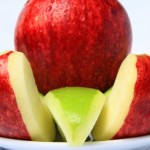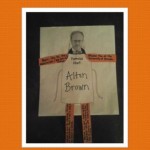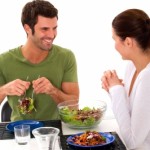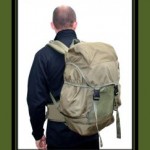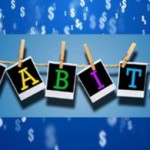
I find that most students don’t know the difference between dry and moist cooking methods. This lesson and lab help them to understand the difference and explore the various ways that the same food can be prepared using different methods. Students enjoy the interactive activities within the lesson as well as preparing and tasting vegetables as they practice and apply some of the techniques. This lesson also incorporates the vocabulary tool Quizlet which helps students learn their terms in an interactive way. Students actually ask me to use Quizlet on a regular basis to learn and assess terms.


